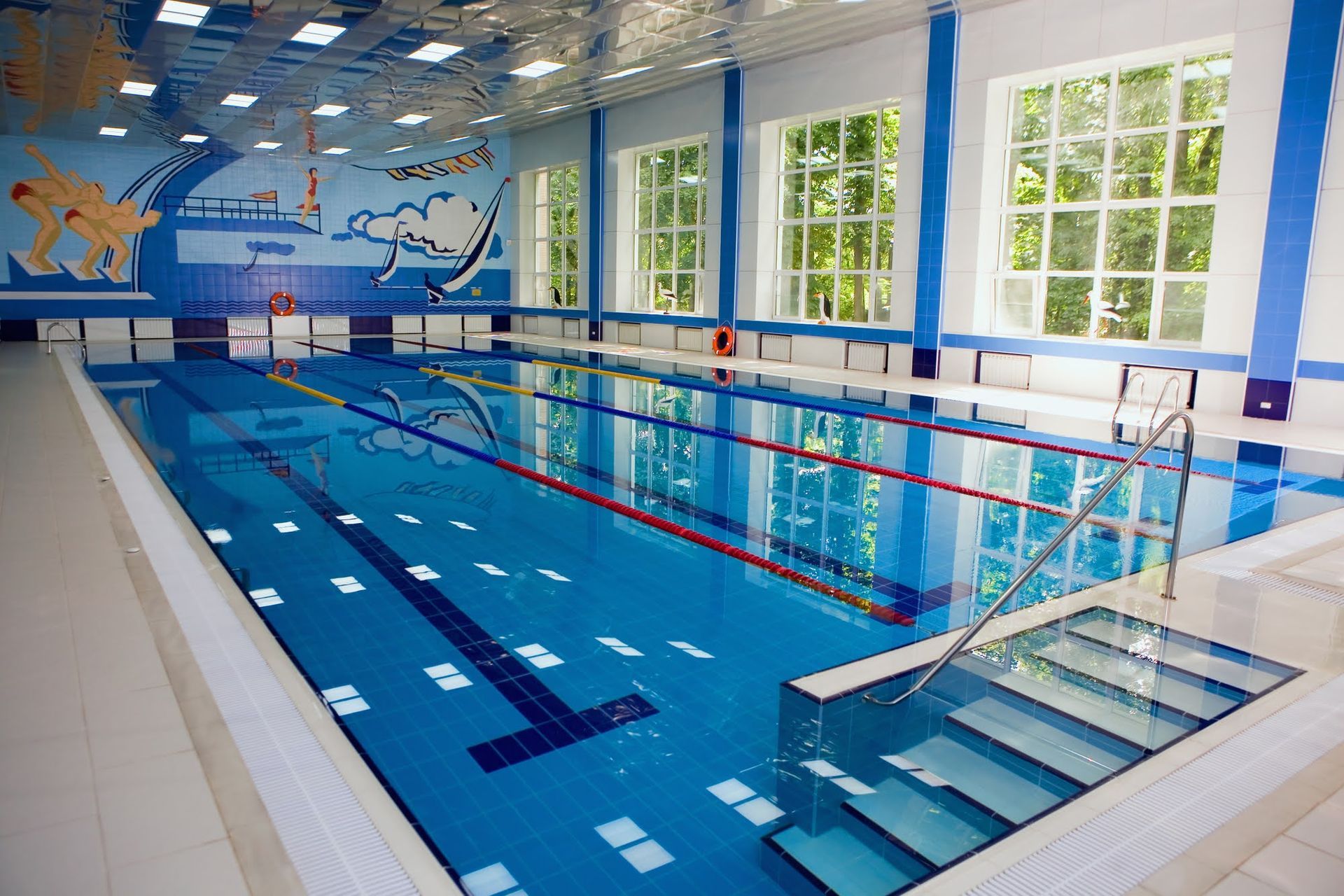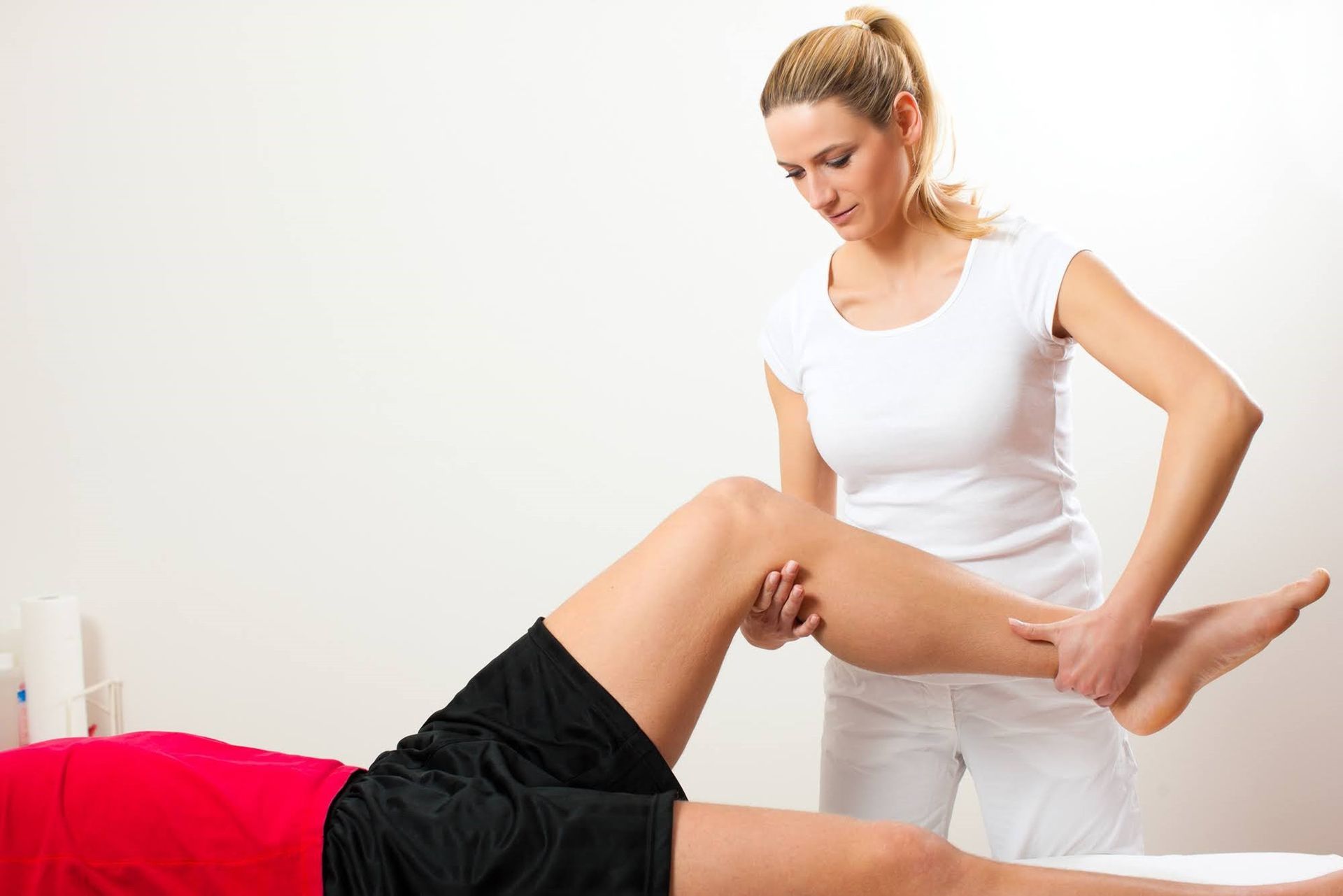Get Back in the Swing of Things With Aquatic Therapy
Admin • February 18, 2020

If you need to recover from a major neurological crisis, rehabilitate an acute injury, or manage a chronic musculoskeletal problem, then you may already know you need physical therapy. When your body can't support your weight safely or comfortably, however, you may feel cut off from your pathway to relief.
Fortunately, you can still perform the necessary exercises to regain your strength or improve your range of motion, thanks to a modality known as aquatic therapy. Here's an overview of how this form of treatment can help you.
Aquatic Therapy Introduction
Aquatic therapy puts water to work as a rehabilitation tool. It relies on the fact that water supports the body, reducing the amount of pressure on weight-bearing muscles and joints. This property of buoyancy allows you to stand, walk, and perform various other exercises in a pool with less discomfort than you'd experience on dry land.
Water also puts up a degree of resistance against your body. This works in your favor by helping your muscles get more of a workout from walking, swimming, and pushing against the water, with no harm to your joints. This same resistance also lends your body more stability, a crucial benefit if you need to improve your body's positional awareness.
The warm water used in aquatic therapy offers healing benefits of its own. In addition to the circulatory boost you get from your exercises, your muscles will relax and your blood vessels will dilate, enhancing blood flow further and easing inflammatory pain.
Aquatic Therapy Uses
Aquatic therapy's benefits can help you enjoy safe, gentle treatment for many kinds of health challenges. Therapists often prescribe it to treat acute injuries to joints or muscles that aren't yet ready to take on a patient's full body weight.
The reduced pressure on joints makes it equally helpful for chronic degenerative conditions such as osteoarthritis, making aquatic therapy a must for many seniors who want to maintain their range of motion.
If you need to get over a stroke, severe muscle atrophy, or some other condition that has affected your balance, aquatic therapy may play an important role in helping you regain your stability.
The chronic pain conditions that benefit from aquatic therapy aren't limited to joint problems. If you're plagued by recurring muscle spasms, back pain, neck pain, or complex pain syndromes such as fibromyalgia, you'll find aquatic therapy an effective, drug-free pain management tool.
Aquatic Therapy Exercises
Different kinds of aquatic therapy exercises offer different kinds of benefits. Your personalized aquatic therapy program will revolve around your particular physical condition, symptoms, and rehabilitation goals. Examples of common aquatic therapy exercises include:
Balance Exercises
If you seek to improve your balance, you can practice standing (on one leg or two), walking, and sidestepping in the pool. Take 10 to 20 steps in one direction, and then head back in the opposite direction.
Hip and Knee Exercises
You can exercise your hips and knees from a standing position by performing lunges or jogging in place. You can also hold onto a floatation device (or the edge of the pool) while perform kicking or bicycling motions.
Push-Up Exercises
You can perform a push-up exercise by pushing with your hands against the side of the pool. If this exercise offers too much of a challenge, try leaning toward the side of the pool then pushing yourself back to an upright position.
Arm Raises
This exercise can help you build strength in your arms. With your elbows held at 90-degree angles, bring your arms up from a vertical position by your sides to a horizontal position at the surface of the water.
If you want to learn more about whether aquatic therapy can benefit you, contact our Philadelphia team at Advanced Physical Therapy.

















